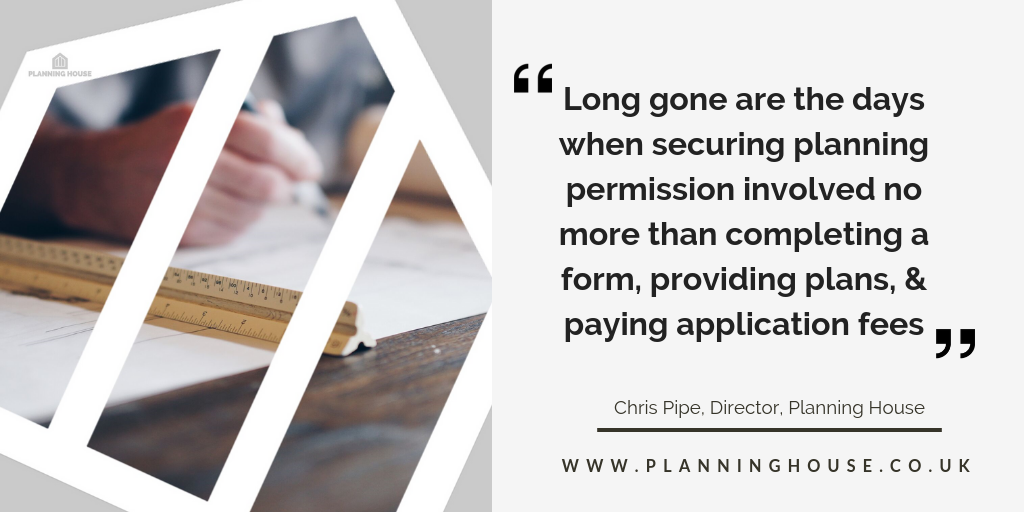Long gone are the days when securing planning permission involved no more than completing a form, providing plans, and paying an application fee. Applicants need to budget for potential additional charges such as pre-application charges, developer contributions, legal fees as well as the costs associated with the raft of supporting information some applications attract and discharging planning conditions.
Pre-application advice
Fees are charged by some Councils in return for informal advice prior to the submission of an application. The costs vary and are set generally on a sliding scale by the individual Council. Benefits of the pre-application process is confirming what supporting information is expected with the application, speeding up the application process and if contributions may be required.
Planning application fees
Application fees are set nationally on a sliding scale basis depending on your proposal and type of planning application.
Planning Conditions
Discharging planning conditions do need to be included in budgeting, these costs are often forgotten by developers. Not only is there a fee to pay the Council to consider information relating to conditions but there are generally costs associated with providing the information such as further studies/ information which may be required or costs associated with additional works which must be carried out, such as offsite highway works.
Developer contributions/obligations
Council contributions vary and are covered in policies in the Local Plan or supplementary planning documents. The aim of developer contributions is to balance any extra pressure created by new development with improvements to ensure that the new development makes a positive contribution to the local area and community. Contributions can be amount to large payments so check what is required and what they will contribute towards. Be aware that these can be negotiable if your development would be unviable if you are required to pay them, so do your sums.
Routes to secure developer contributions/obligations is via a legal agreement (known as s106 agreement or unilateral undertaking). Not only will you have to pay your solicitor, but you’ll be expected to pay the council’s solicitor as well. These agreements can take a few weeks or months to complete. Once the agreement is signed, your planning permission is issued, the payment or other obligation may be trigged upon signing the agreement, by the commencement of the works or some other point in the development.
Reducing costs
Is there a way to minimise the payment? This depends as contributions must be necessary, directly, fairly and reasonably related to the proposed development. Methods of calculating contributions are based on the type of development, number of units or floorspace created. Don’t be afraid to ask for the reasoning and policy basis for any potential contribution.
If you think the requested payments/obligations are too much or unreasonable, there is a right of appeal either when the application is refused or against non-determination. A Planning Inspector then decides if you should be allowed to build without making any payment. However, there are time and cost implications of going to appeal, not to mention the risk that the appeal is dismissed.
Community Infrastructure Levy
Councils can secure payments via the Community Infrastructure Levy (CIL), this levy once adopted by a Council is non-negotiable and is published on a Council’s website. CIL is based on local infrastructure needs of an area. Some developments may be eligible for relief or exemption from CIL, so check if your development could fall into the criteria.
Read our helpful guide highlighting the basics of town planning and costs here.


